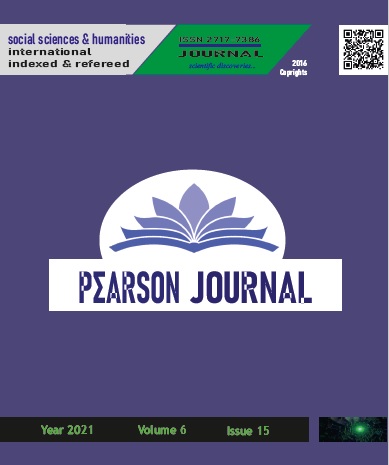A LOOK AT AZER DADASHOV’S PIANO WORK
DOI:
https://doi.org/10.46872/pj.302Keywords:
Azer Dadashov, piano music, concert, miniature, prelude, PoemaAbstract
SUMMARY The article we presented is devoted to the analysis of A.Dadashov's piano music. Although some of the composer's piano works have been examined in various studies, this heritage has not been examined in its entirety. The images created by A.Dadashov include the relationship between man and the universe, the desire for the creation of the individual world, as well as aspects related to the inner world of man. Piano music, which is an important part of A.Dadashov's work, is represented by various genres, large and small. Here you can find all kinds of genres, from piano and orchestral concerts to small preludes. Thus, the composer's piano music offers a wide choice for pianists of different ages. Azer Dadashov's piano works include three concerts written for piano and camera orchestra, as well as a series of small miniatures and independent plays. The composer composed three concerts for piano and orchestra. The first concert took place in 2004, the second in 2009 and the third in 2010. Miniature genres dominate Azer Dadashov's piano music. The series for young pianists is particularly noteworthy here. A.Dadashov’s “Six Preludes”, “Six Miniatures”, “For the Flower” consisting of seven dances, as well as four sonatinas, pastoral, etc. There are piano works. Taking into account the technical abilities of the young pianist, who has mastered the art of performance, the composer tried to portray the children's colorful dance power, the world of bright images and create interesting musical panels. The composer's piano series “Six Preludes” (1966), “Six miniatures” (1968), “Six melancholy miniatures” (1985), “For Flowers” (1986), and “Atmacalar” (2001) are included in the children's music teaching repertoire. These miniatures are widely included in the concert program of school and young pianists. As the name suggests, most of these sequences are programmed. In sequences of a particular genre, each instance has its own image-emotional content and is ordered within the sequence according to a certain linking principle. Azer Dadashov's piano music is also characteristic of independent plays of different volume and content. These include “Poema” (2012), “Space song” (2015), “Bagatel” (2010), “Praise”, “Funny dance” (2009), four sonatas, “Three almonds and a walnut” for piano and chamber orchestra. ”, “Sacrifice of God”, “My Flag”, “Trial”, “Grace” and others. Although the use of modern means of expression and the writing techniques of the composer are observed in A.Dadashov's piano music, the composer prefers classical traditions to embody the form. In the composer's music, each motif serves to embody the main idea down to the smallest detail, depending on its general content.




